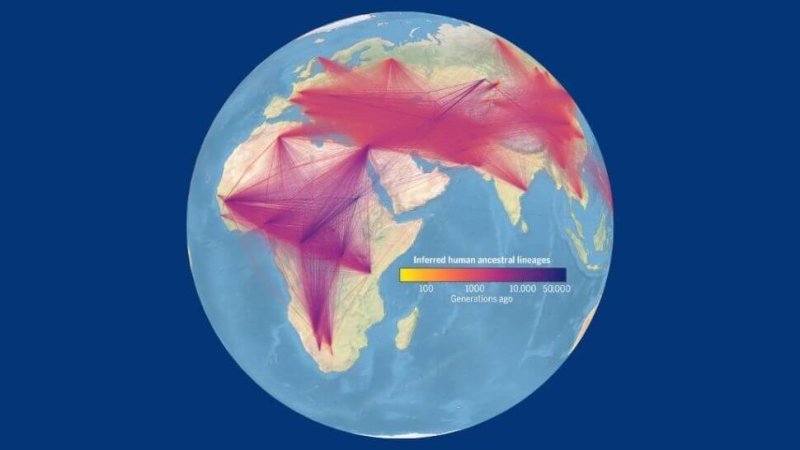A new, enormous family tree for all of humanity attempts to summarize how all humans alive today relate both to one another and to our ancient ancestors.
To build this family tree, or genealogy, researchers sifted through thousands of genome sequences collected from both modern and ancient humans, as well as ancient human relatives, according to a new study published [February 24] in the journal Science.
These genomes came from 215 populations scattered across the world. Using a computer algorithm, the team revealed distinct patterns of genetic variation within these sequences, highlighting where they matched and where they differed. Based on these patterns, the researchers drew theoretical lines of descent between the genomes and got an idea as to which gene variants, or alleles, the common ancestors of these people likely carried.
In addition to mapping out these genealogical relationships, the team approximated where in the world the common ancestors of the sequenced individuals lived. They estimated these locations based on the ages of the sampled genomes and the location where each genome was sampled.
“The way that we’ve estimated where ancestors live is, in particular, very preliminary,” said first author Anthony Wilder Wohns.































